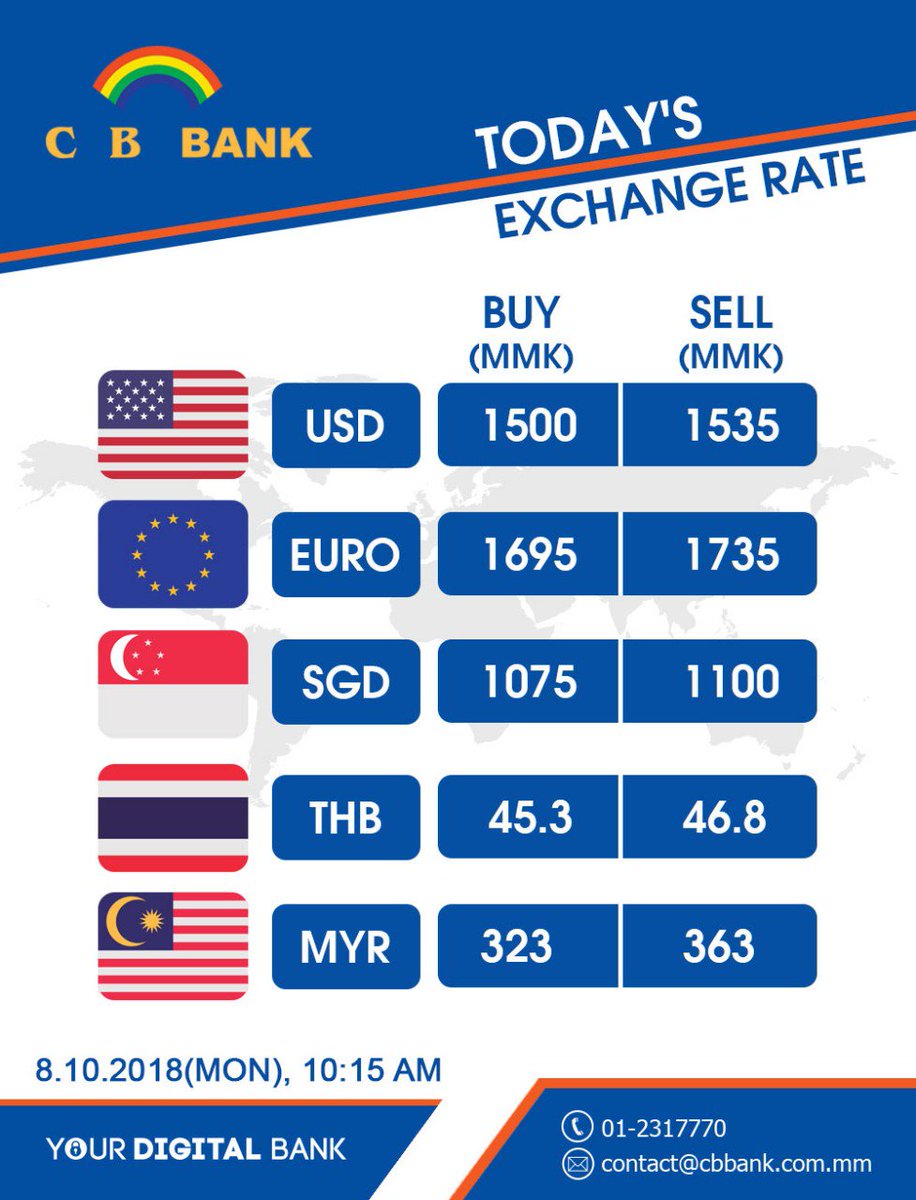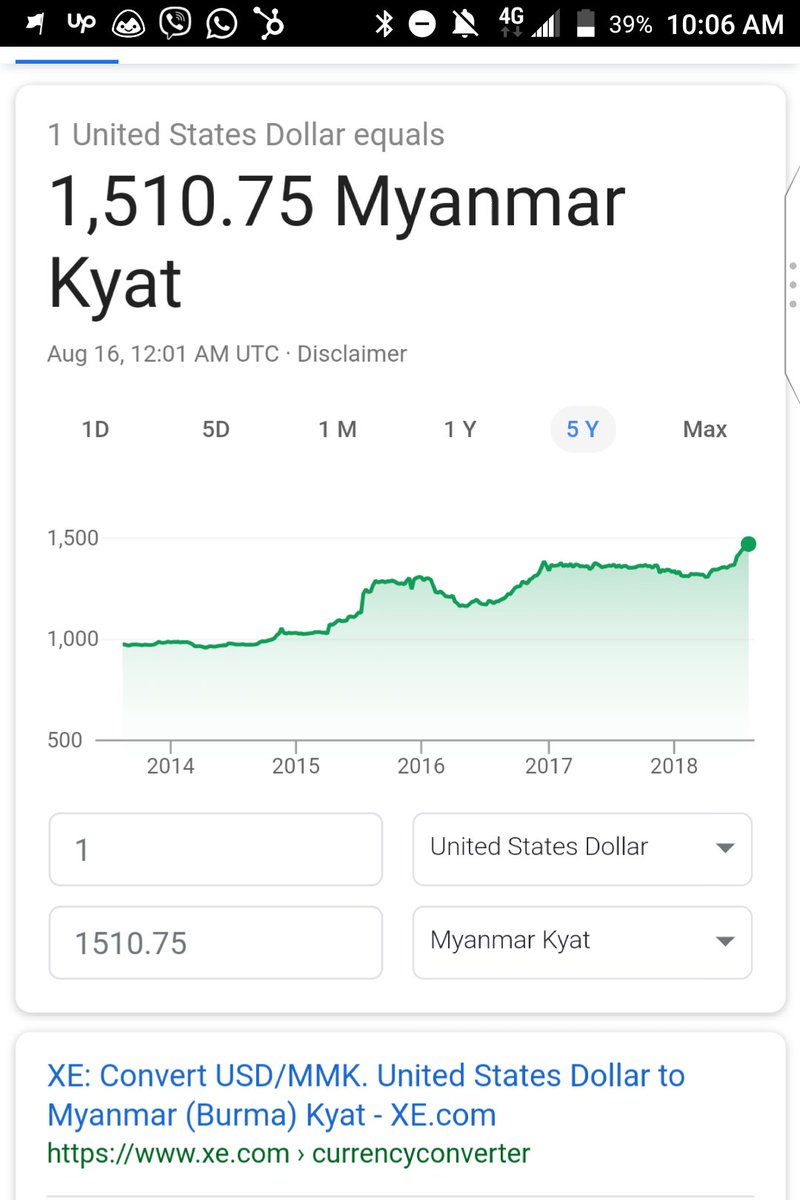

So foreign currency trades are at best spot transactions. As banks have not developed the practice of disclosing accurate financial information with each other, there is no trust. In addition to the prevalence of informal market transactions, one of the reasons for this is that there is no facility for the banks to mitigate settlement risk in foreign exchange trade. At the same time, the central bank reference rate, which is the new market-based official rate determined in the daily foreign exchange auction, has been mostly following the informal rates rather than guiding them.įurthermore, transactions in the interbank market of foreign exchange have been sluggish. The possession of foreign exchange among exporters and importers remains prevalent, hampering the accumulation of international reserves in the banking sector. The banks are facing tough competition with the developed informal market, which operates on a very slim margin between selling and buying rates. The new formal foreign exchange market, where the banks are expected to play the main role, would allow the central bank to conduct an exchange rate policy and accumulate international reserves.ĭespite the introduction of a formal channel for currency conversion, however, the bulk of foreign exchange trade in the private sector has been taking place in the informal market. In August 2013, the interbank market of foreign exchange was instituted under the guidance of the central bank, which is tasked to replace the daily foreign exchange auction between the central bank and authorised dealer banks. In November 2011, the central bank issued authorised dealer licences to private banks and allowed banks to trade in foreign currency. In the course of foreign exchange market reform, Myanmar’s central bank has tackled the challenge of establishing institutions for a formal foreign exchange market. The informal foreign exchange market developed in tandem with the informal funds transfer system called hundi. When exporters and importers traded foreign exchange directly, there was no spread between the selling and buying rates.

In the absence of the formal channel for currency conversion, the sophisticated informal foreign exchange market emerged where the demand and supply were matched efficiently.
Myanmar exchange rate free#
Instead, private exporters and importers traded foreign exchange bilaterally or through informal brokers at free market prices, which constituted the informal market rates. There had been in principle no surrender requirement on export earnings, and banks did not buy or sell foreign exchange with customers. In the private sector, the abolition of the official peg had rather minimal effects as it had not been used there. Thus, the devaluation of the official rate was mostly relevant to the state sector in order to clarify its financial position, which is indispensable for better public finance management. However, the grossly overvalued official rate was used only for fiscal accounting in the state sector. In terms of the disparity between the official and informal rates, this was the largest in the world. The rate was left around 5 or 6 kyat per US dollar while informal market rates depreciated chronically, sometimes beyond 1300 kyat per US dollar. The Central Bank of Myanmar is now facing two interlinked challenges: establishing the institutions for a formal foreign exchange market and transferring informal market activities into the formal market.īefore the abolition of the official peg, the official exchange rate had been fixed at 8.5057 kyat per SDR without any adjustment since May 1977. While noteworthy in its own right, this is merely the first step in an arduous journey of foreign exchange market reform. In April 2012, by abolishing the official pegging of the Myanmar kyat to the Special Drawing Right (SDR) of the IMF, Myanmar terminated the decades-old de facto multiple exchange rate system and moved to a managed floating exchange system. Economics, Politics and Public Policy in East Asia and the PacificĪ long journey ahead for Myanmar’s foreign exchange market reform 4 September 2014


 0 kommentar(er)
0 kommentar(er)
